The connection between Bob Dylan and The Band was fathoms deep even before the quintet released their first album. By that time, they had backed Dylan on his famous electric tour and joined him in Woodstock, New York, to make the music that would become The Basement Tapes.
Videos by American Songwriter
Needless to say, they also proved outstanding interpreters of Dylan’s words and music over the years. Here are five times when The Band demonstrated nobody was any better at covering their old buddy.
“Tears of Rage” from Music From Big Pink (1968)
Richard Manuel came up with the music for this song, which made him a natural choice to also sing lead on it. Robbie Robertson pushed for this drowsy ballad to be made the opening track on The Band’s debut album, if only because it flew in the face of what was expected of rock bands at the time. Dylan’s King Lear-like story about a father who feels disrespected by his daughter seemed to cut to the core of the generational divide. Manuel’s aching vocal made you feel for this guy and overlook some of his overbearing complaints.
“This Wheel’s on Fire” from Music From Big Pink (1968)
In this case, it was Rick Danko who chunked out some chords on piano at Big Pink before handing them off to Dylan for his lyrics. Danko then sang lead on The Band’s version, bringing his particular brand of hiccup-y intensity to the vocal. The lyrics are mysterious, as was the case with so many of the songs Dylan wrote during that Basement Tapes period. The Band’s performance lends some heft and portent to them, with the rhythm sounding like something powerful and inevitable rolling out of control down some steep incline.
“I Shall Be Released” from Music From Big Pink (1968)
A lot of musicians who heard Music From Big Pink for the first time went wild at the way The Band could play with absolute tenderness and still render a song powerful. “I Shall Be Released” is outstanding evidence of that, with Richard Manuel’s somber piano chords delicately surrounded by Garth Hudson’s organ beds and Levon Helm’s restrained rat-a-tat. Manuel imbued the lyric with that woeful soulfulness that just easily oozed from him, brining flesh and blood to Dylan’s ghostly narrator.
“When I Paint My Masterpiece” from Cahoots (1971)
It probably says something about how The Band were running on fumes on Cahoots that the best song on the album is a cover. Then again, Dylan’s source material is stellar, as he embodies an American who has run out of patience with the sights and sounds he experiences abroad. From there, it was just a matter of putting it in the capable hands of Garth Hudson and Levon Helm. Hudson’s accordion is a wonder, as it captures both the majesty of Europe and the sorrow of the narrator. Helm’s Arkansas drawl gives the lyrics a whole new spin, as we can hear just out of place this guy feels in unfamiliar territory.
“Blind Willie McTell” from Jericho (1993)
Levon Helm, Rick Danko, and Garth Hudson decided to record again under the aegis of The Band in the early ‘90s, even without Richard Manuel (who had passed away seven years earlier) and Robbie Robertson (who allegedly wasn’t asked to return). Without Robertson, it meant the group would need to seek out material, which made it natural they would go to a Dylan song. And what a song they chose. “Blind Willie McTell,” a masterpiece inexplicably left off any Dylan studio album, was done great justice by Helm and Danko trading vocals.
Photo by Gijsbert Hanekroot/Redferns

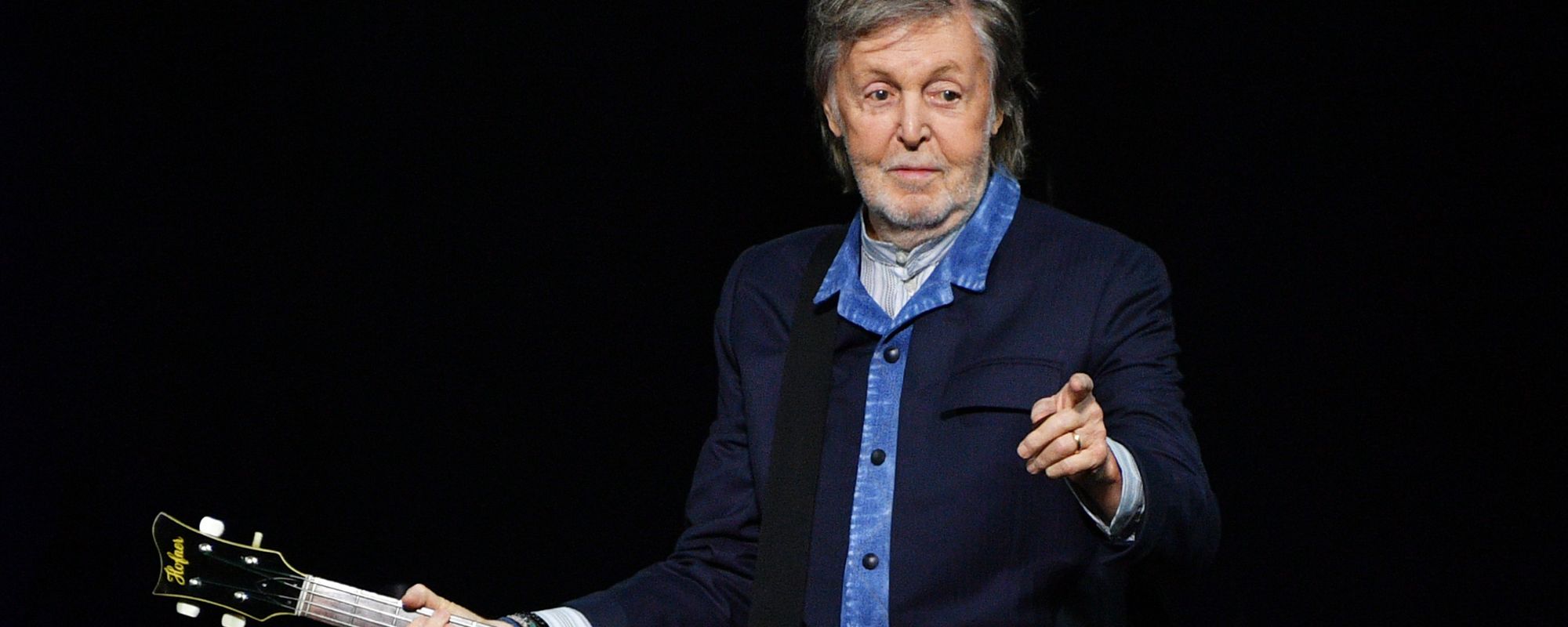

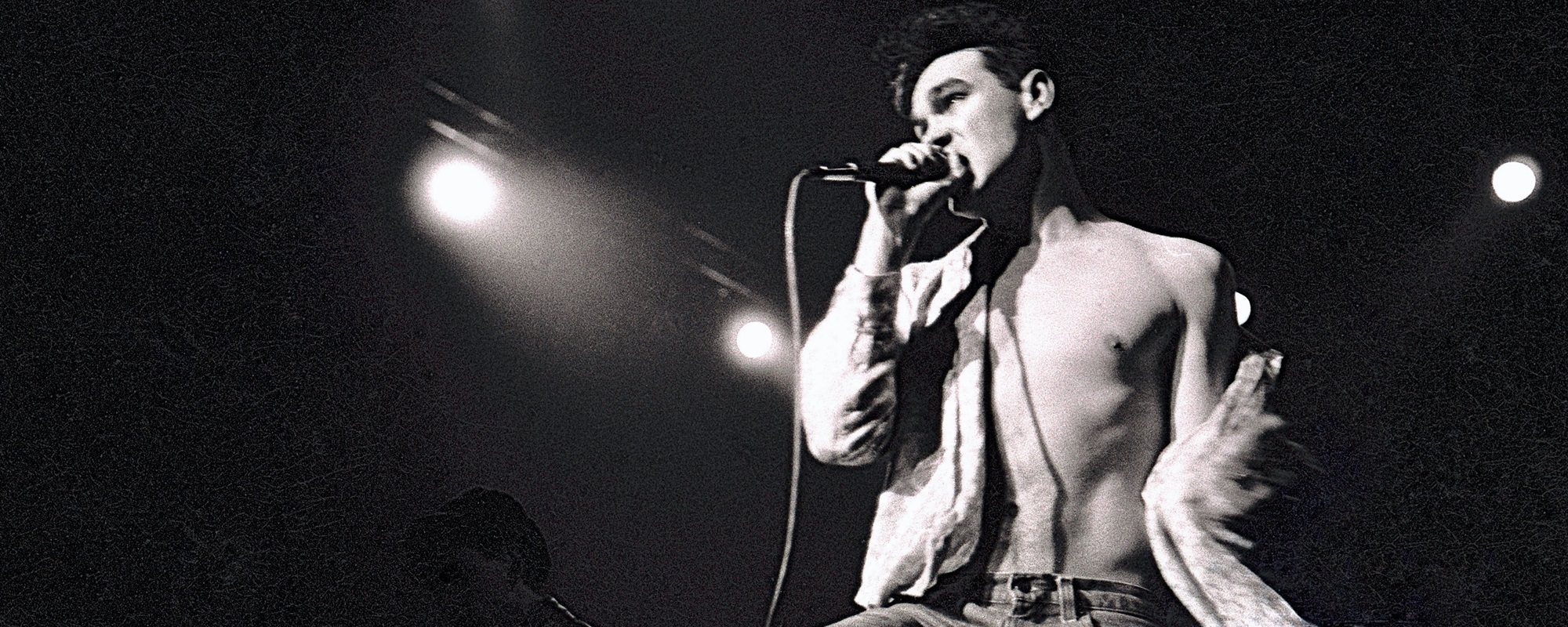
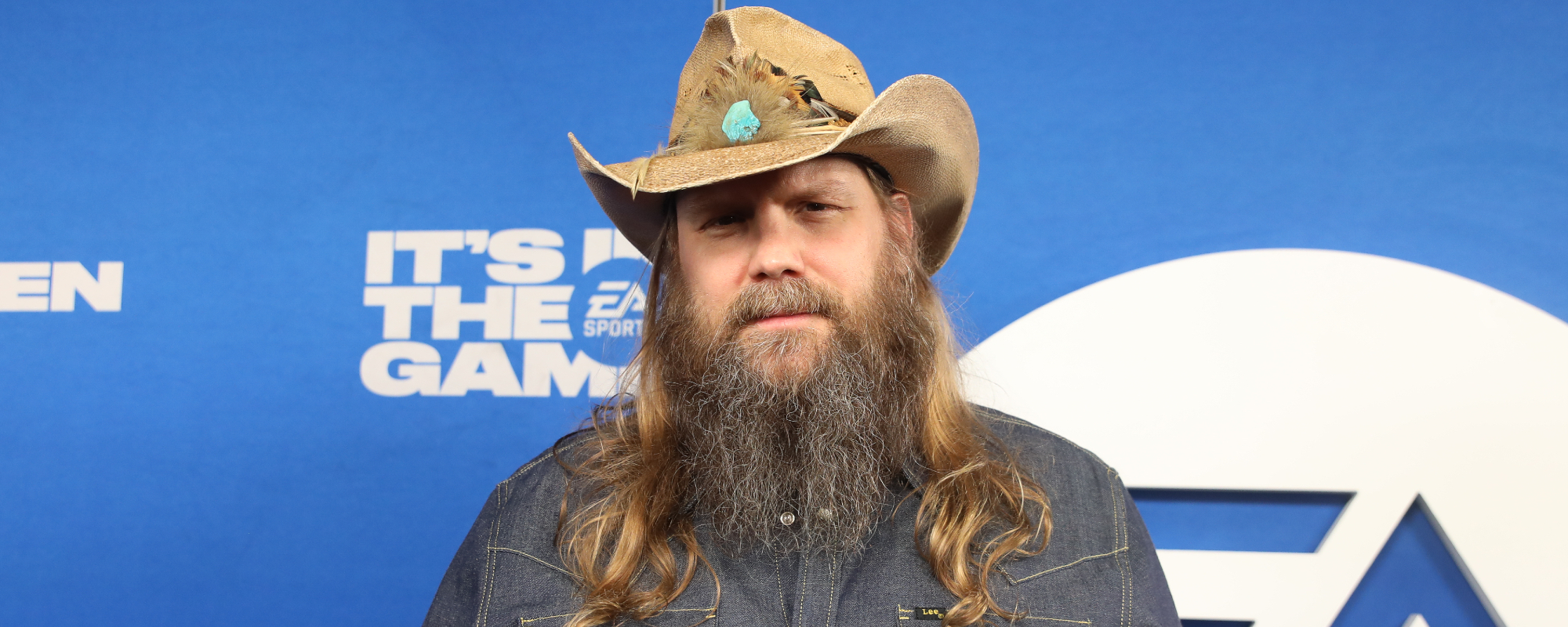
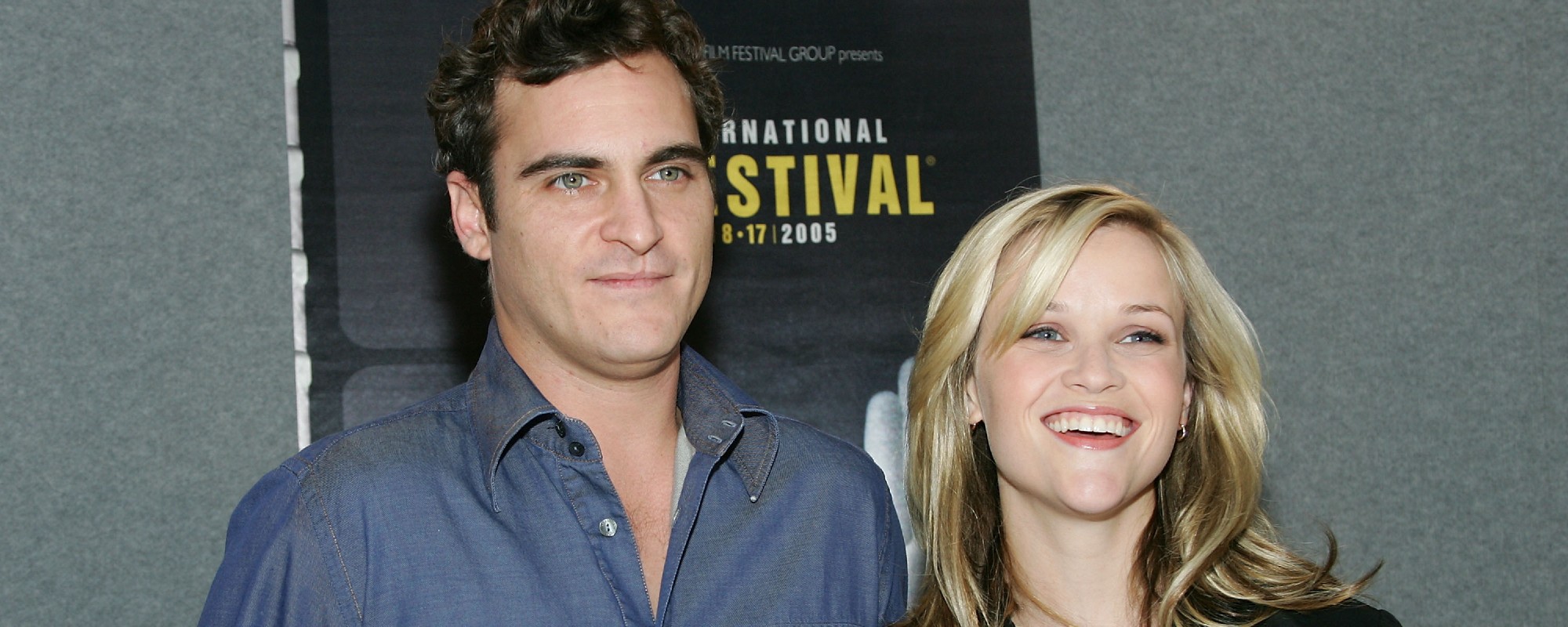
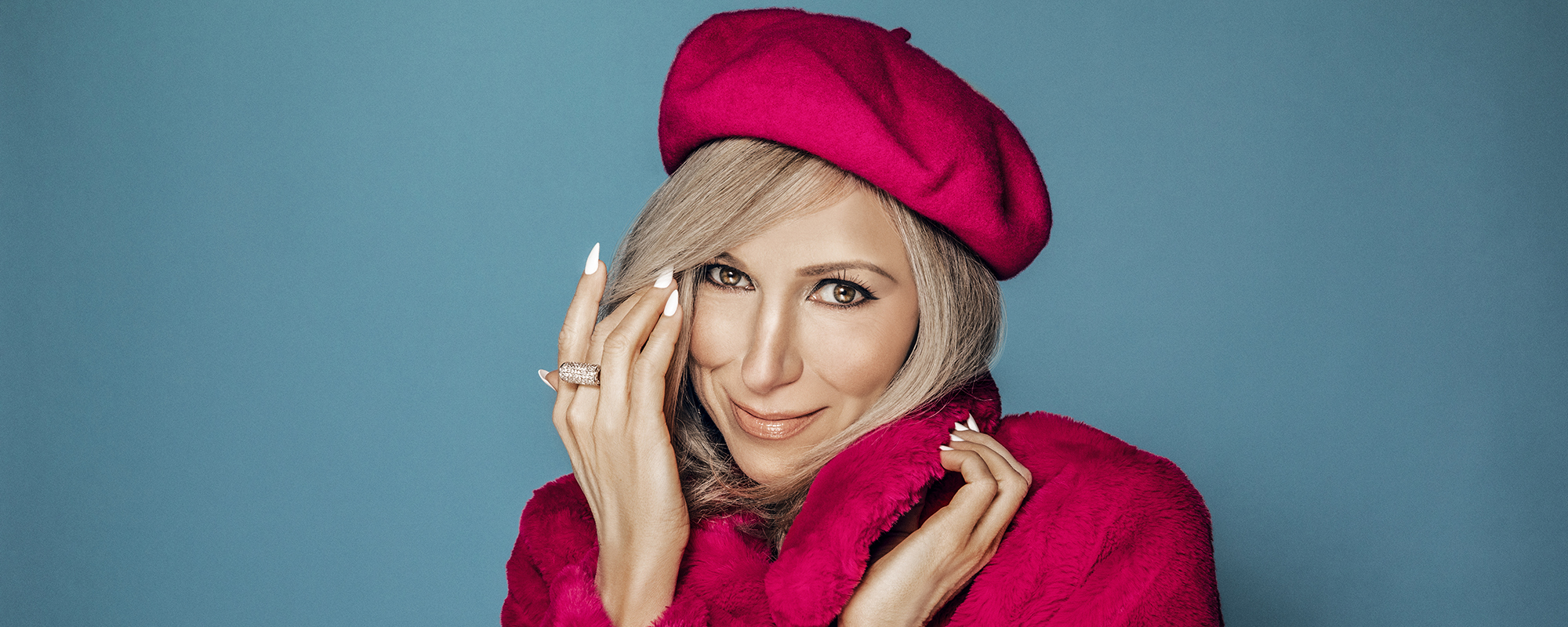



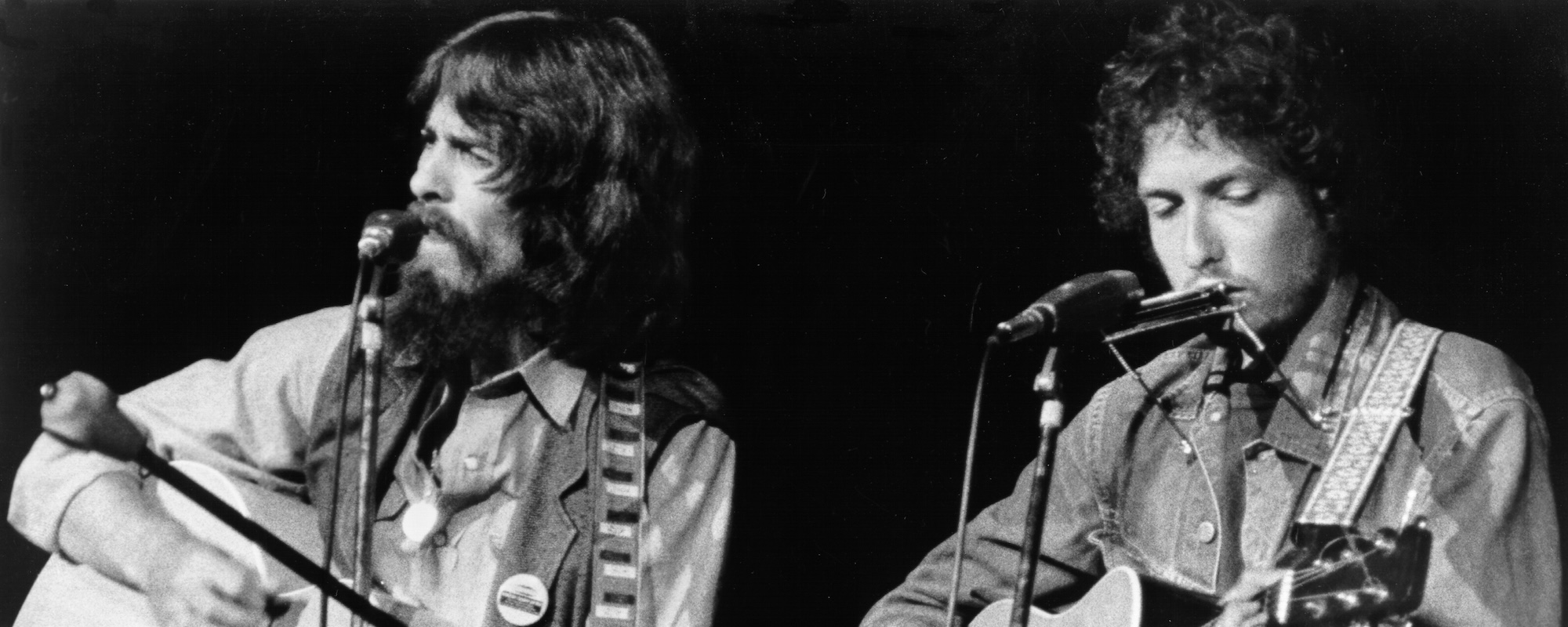


Leave a Reply
Only members can comment. Become a member. Already a member? Log in.